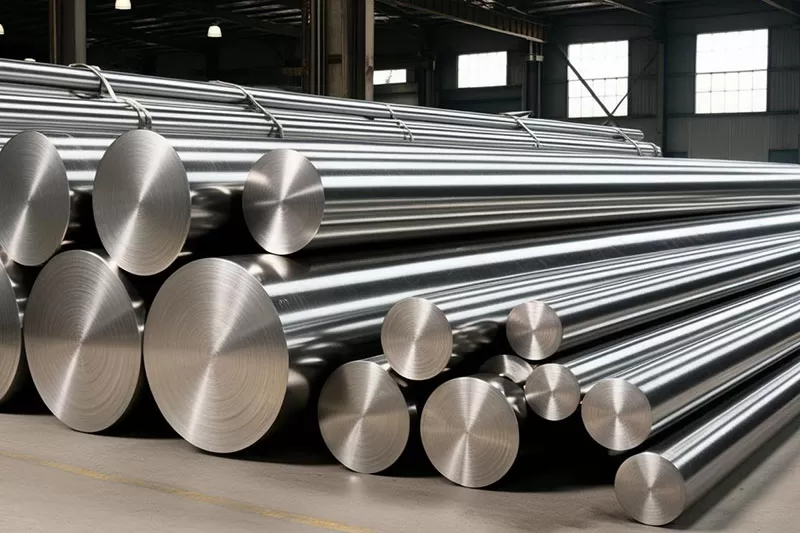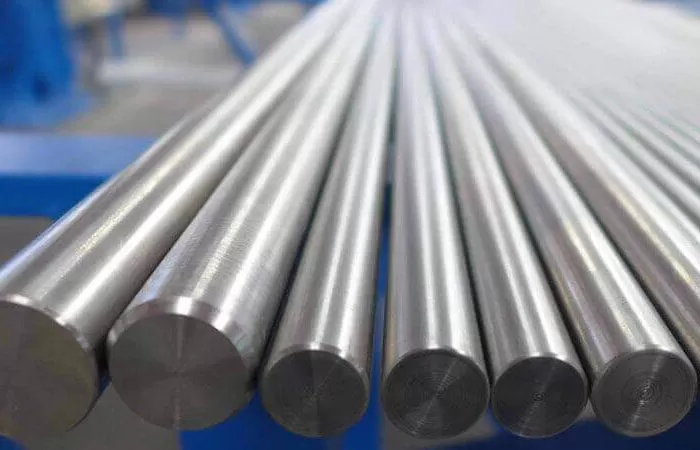
Machining Inconel 718, a superalloy known for its high strength and toughness, requires specialized techniques due to its unique properties. Here are some specific machining techniques suitable for working with Inconel 718 bars:
1. High-Speed Machining (HSM):
Advantages: Increased material removal rates, reduced cutting forces, and improved surface finish.
Considerations: Requires rigid machine tools, stable workholding, and appropriate cutting tools to handle the high cutting speeds effectively.
2. Carbide Tooling:
Advantages: Carbide tools with high cobalt content are preferred for their wear resistance and toughness when machining Inconel 718.
Considerations: Proper tool geometry, coolant application, and cutting parameters are crucial for tool longevity and machining efficiency.
3. Coolant Application:
Advantages: Coolant helps dissipate heat generated during cutting, reducing tool wear and extending tool life.
Considerations: Use of high-pressure coolant systems or through-tool coolant delivery can improve chip evacuation and heat dissipation.
4. High Feed Milling:
Advantages: High feed milling techniques with specialized toolpaths can enhance material removal rates and reduce cycle times.
Considerations: Proper tool selection, toolpath optimization, and cutting parameters are essential for successful high feed milling operations.
5. Cutting Parameters Optimization:
Advantages: Fine-tuning cutting speeds, feeds, and depths of cut can improve machining efficiency and tool life.
Considerations: Balancing cutting parameters to minimize tool wear while maintaining productivity is crucial when machining Inconel 718.
6. Dry Machining or Minimum Quantity Lubrication (MQL):
Advantages: Dry machining or MQL can reduce coolant usage, improve chip evacuation, and minimize thermal distortion of workpieces.
Considerations: Careful selection of cutting tools and cutting parameters is necessary to prevent tool wear and achieve desired machining results.
7. Vibration Damping:
Advantages: Implementing vibration damping techniques, such as using anti-vibration toolholders or dampening inserts, can improve surface finish and tool life.
Considerations: Maintaining rigidity in the machining setup and minimizing chatter are essential for successful vibration damping.
8. Post-Machining Processes:
Advantages: Post-machining processes like stress relieving, heat treatment, or surface finishing can enhance the final properties of machined components.
Considerations: Proper planning and execution of post-machining processes are crucial to ensure the desired mechanical properties and surface quality of Inconel 718 parts.
By employing these specialized machining techniques and considerations when working with Inconel 718 bars, manufacturers can optimize machining processes, improve tool life, and achieve high-quality machined components for a wide range of industrial applications.

2025-12-11 16:42:29

2025-11-19 14:09:22

2025-11-07 17:27:49

25th floor, C3 Building, Wanda Plaza, Kaifu District, Changsha, Hunan Province, China